Here’s a quick question for you: when you are choosing a membrane for a roofing system, how much do you consider the resilience or sustainability of the product? And is one feature more important to you than the other?
Regardless of your reason for choosing a roof — whether you are, for instance, a contractor, an architect, a building owner or specifier — you may not weigh these qualities in your decision-making. But with the combined concern over increasingly frequent cataclysmic weather events, as well as a global desire to conserve energy and explore new sources of renewable energy for both economic and environmental reasons, resilience and sustainability of roofing products are creating new value and getting increased attention.
Both of these are newly important concepts, especially when used to refer to the built environment. So, first of all, what do we mean when we use these terms?
Sustainability is generally understood to mean meeting our own needs without compromising the ability of future generations to meet their needs. In other words, if we use up an abundance of natural resources in our lifetimes to create products, there’s not going to be much left for our children and grandchildren to work with. And what they have may become too expensive to be viable in the marketplace. While this argues for tapping into renewable resources — such as solar power — it also supports the idea that tried-and-true products can contribute to sustainability when used in new ways, or measured by new, more current standards.
For instance, a roofing membrane that will last up to four decades and can easily be repaired will minimize the need to replace it more frequently with new materials. And when its useful life on the roof is over, if the membrane can be recycled, it can sometimes help to create a new product, and minimize its contribution to a landfill. A durable roofing membrane with a long service life can help increase an entire building’s service life and lessen the need for frequent repairs from a leaky roof or structural damage. Likewise, a roof that can support solar panels, and allow access for their maintenance, can be an important component of a sustainable system.
Bottom line here: if your concept of a sustainable roof is limited to a white, green or “living” roof, it’s important to understand that sustainability is a broad category and what makes a roof “sustainable,” or not, depends on a wide variety of interrelated factors.
While sustainability takes the long view of a roofing membrane’s performance, resilience is focused on a roof’s ability to withstand extreme, potentially cataclysmic events. These events may happen only once or twice during the lifetime of a roof, but each of these events has the potential to cause devastating damage.
The Department of Homeland Security provides an all-encompassing definition of resilience that is applicable to a variety of situations, and it is useful in considering what constitutes a resilient roof: “the ability to withstand and recover rapidly from deliberate attacks, accidents, natural disasters, as well as unconventional stresses, shocks and threats… .” The key words here when we think in terms of roofing: withstand and recover rapidly. Think in terms of tornadoes, hurricanes, hailstorms or any other natural even that could damage a roof and render it useless, even for a short period of time. The strength of these events will test the resilience of a roof. It’s also essential to consider how quickly a roofing membrane can be repaired, even without access to power. This is another important aspect of resilience and critical to the rapid recovery of a membrane.
Another important question we need to ask, given the current environment that is placing a high value on resilience and sustainability: Are these two features of a roofing system mutually exclusive or do they contribute to each other?
First, let’s take a look at the questions that need to be asked to evaluate how a membrane contributes to the sustainability of a roofing system:
• What resources are used, including the energy costs, in the manufacturing process? Are recycled products used in the new membrane?
• At the other end of the lifecycle, how long will this membrane last? Some membranes, notably EPDM, have demonstrated service lives of 40 years and more. Compare this to a roof that might need to be replaced after 15 years and your answer is clear.
• How much maintenance will your roof need? This has to be factored into sustainability: frequent maintenance can require additional resources to keep a membrane in good condition. For instance, white membranes often lose much of their reflectivity in the early years of their service life. In a study reported by senior members of the staff at Oak Ridge National Laboratory, reflective roofing lost between 30 to 50 percent of its reflectivity during the first three years of service.
The bottom line for sustainability: how is the membrane made, how long will it last, and how well will it perform during its service life? These are simple but tough questions, and need to be answered objectively in any discussion of roofing membranes.
Which brings us to resilience. A reminder here that while sustainability is looking at long-term impact, resilience deals with potentially cataclysmic events that could seriously impact the membrane.
• First of all, how durable is the membrane itself? Will it withstand punctures from hail, falling debris and branches, and foot traffic? A resilient roof system will withstand punctures and prevent holes in the waterproofing layer of your roof system.
• If the membrane is damaged, can it easily be repaired, even without access to power tools after a hurricane or tornado?
• Does the membrane exhibit outstanding weathering characteristics in all climates (UV resistance, and the ability to withstand extreme heat and cold), and does it withstand movement cycles without showing fatigue?
• Does the membrane incorporate good fire resistance (low combustibility), especially in areas that experience wildfires?
To return to our initial question here: Which needs to get more attention when you are choosing a roofing membrane, sustainability or resilience? The good news is that you don’t need to choose between these two attributes, but can choose a membrane that incorporates features of both: resilience to withstand the impact of increasingly frequent cataclysmic natural events, as well as sustainability to help protect resources for generations to come.
For more information on creating a resilient, sustainable roof, go to https://epdmroofs.org/resource/building-resilience-the-roofing-perspective-.
Abut the author: Ellen Breipohl Thorp, M.A., CAE, is Executive Director of the EPDM Roofing Association. For more information about the ERA, visit epdmroofs.org.

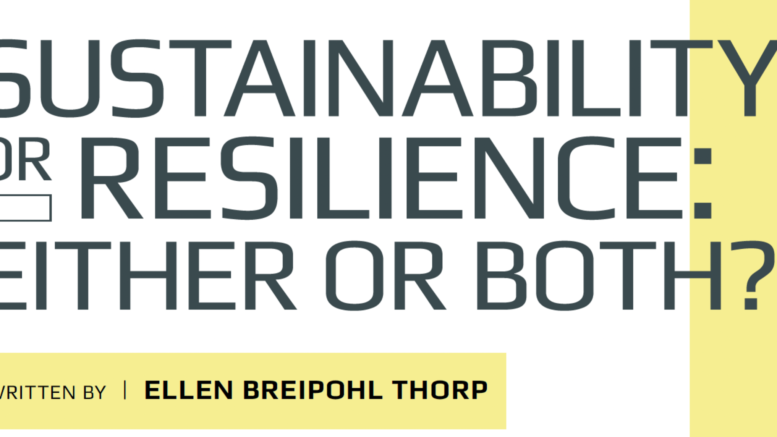
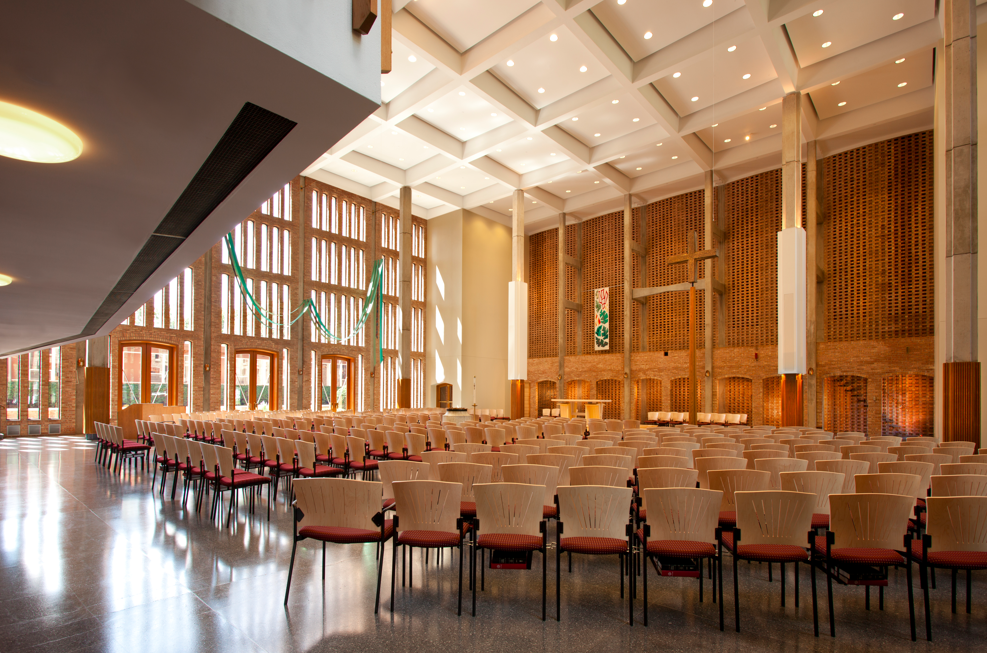
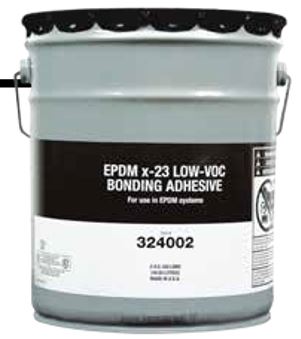
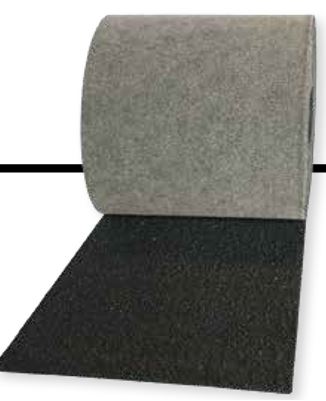
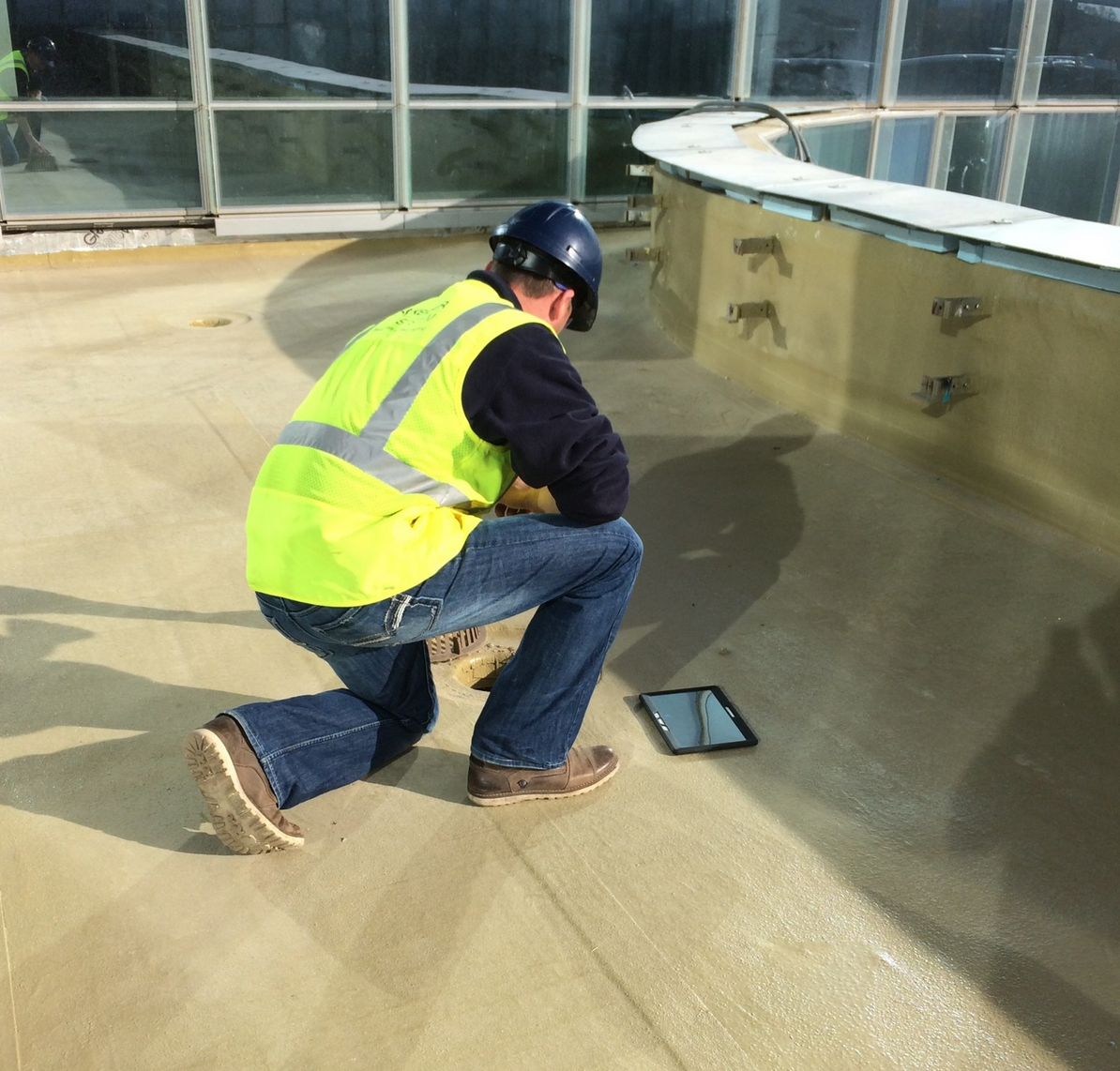
Be the first to comment on "Sustainability or Resilience: Either or Both?"